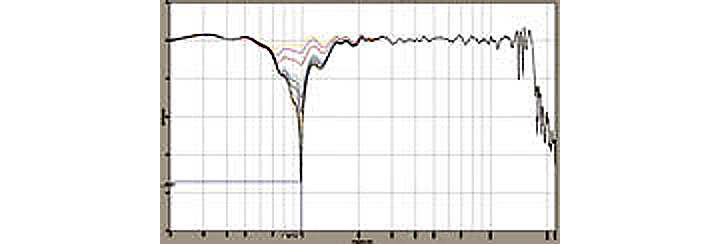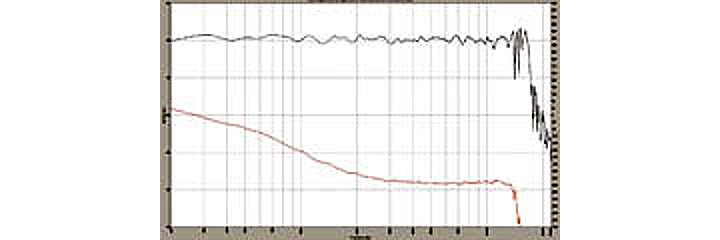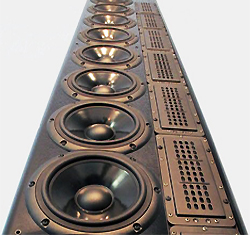
The easiest method to find this exact alignment setting can also be employed by an RTA (real-time analyzer).
Reverse the polarity of the HF driver (polarity, not phase). Then start increasing the delay to the closest driver —in this case, it’s the woofer.
Look for the maximum cancellation at crossover. Unlike the straight phase slope method, it will be very easy to determine the delay step with the maximum null. It will be a 30 to 40 dB deep dip. The dip, even one step under or over the optimum delay, will be smaller by several dB.
Getting Lucky
Figure 4 compares the combined response with the HF, both in and out of polarity. Just by luck, the reversed-polarity response looks very flat.
One might be tempted to stop here and use the system as is. And before the advent of DSP (digital signal processing), that is exactly what was often done. Passive crossover networks internal to loudspeaker systems are often 12 dB/octave (2-pole) crossovers.
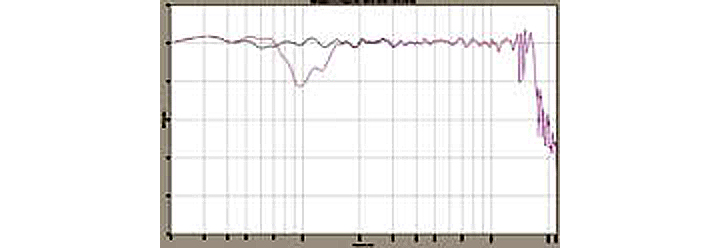
A 2-pole crossover produces a 3 dB roll-off at crossover and the drivers are 180 degrees apart in phase. Reversing the polarity of the HF section puts them in phase with a 3 dB bump at crossover. Many loudspeakers with passive crossovers are designed this way.
The important question at this point: can you hear the difference between absolute polarity and reversed polarity signals? The short answer is that if the signal is a very asymmetric waveform, you can, and if it’s a very symmetric waveform, you can’t.
So unless you listen to nothing but flute solos, you’ll want to take advantage of modern DSP capability to provide optimized crossovers with both drivers in proper polarity. Note that Figure 5 shows the slope of the phase of the reversed HF combined response breaking subtly at the crossover frequency, indicating some misalignment.
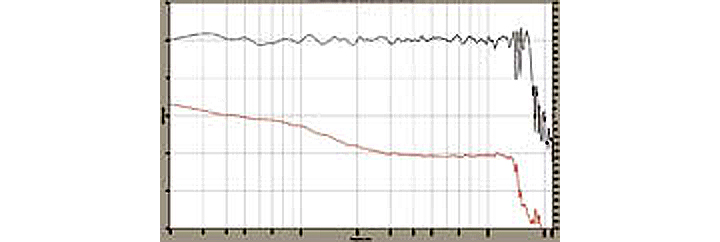
Figure 6 graphically illustrates the process of finding the null at crossover with the HF driver polarity reversed. The dip at crossover is 37 dB deep at the optimum LF delay of 0.417 ms. Note that it is 10 dB deeper than the next closest delay step of 0.396 ms.
Figure 7 depicts the phase curve of the deepest null. It’s a perfectly vertical line, indicative of being right at 180 degrees out-of-phase.
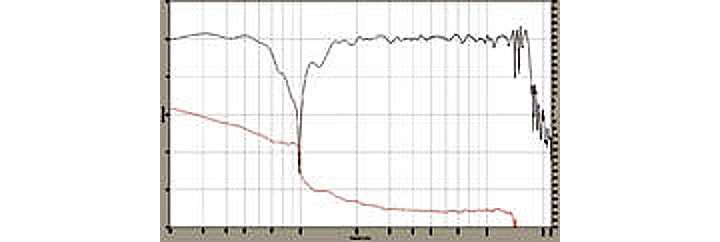
Once you’ve found the delay step that produces the deepest null with the HF driver polarity reversed, simply put the HF driver back in proper polarity. Your system is now in proper signal alignment.
Figure 8 is the final result. Compared to the reversed HF response of Figure 5, the phase curve slope is straighter through the crossover region and there is also no slight HF cancellation dip in the woofer’s response around 600 Hz either.
If you have a measurement system that measures phase, be sure to confirm that the final resulting phase slope is a straight line. This ensures not being one cycle off in either direction by delaying the wrong driver, or by delaying the right driver 360 degrees too much, or too little at short wavelength crossover frequencies. The frequency response results could look the same. One should be particularly careful about this if using an RTA with no phase measurement capability for confirmation.
And by all means, have fun!
John Murray is a 35-plus-year pro audio industry veteran, working for EV, MediaMatrix and TOA. He has presented two AES papers, chaired three SynAudCon workshops and is a member of the TEF Advisory Committee and ICIA adjunct faculty.

